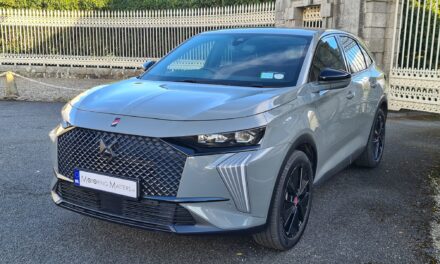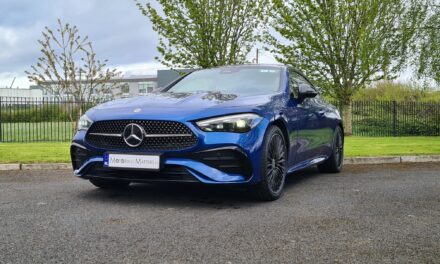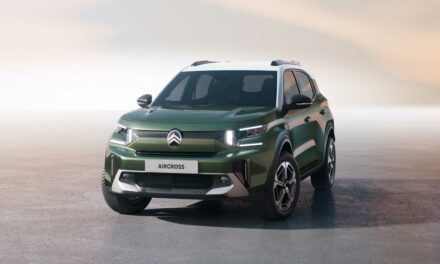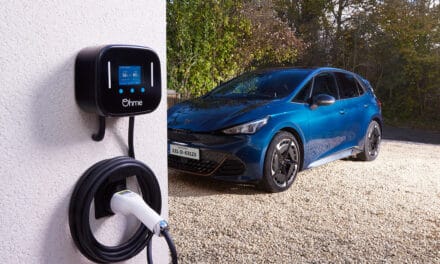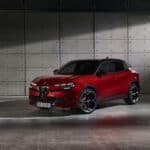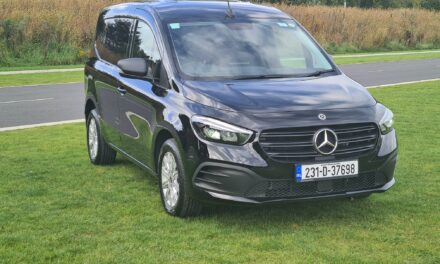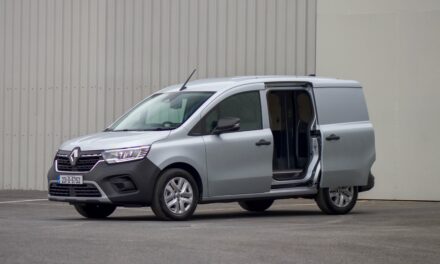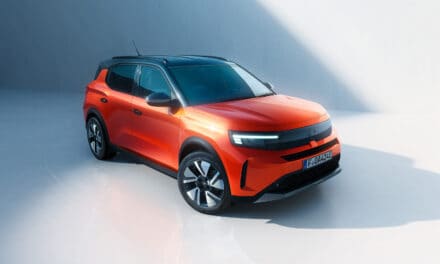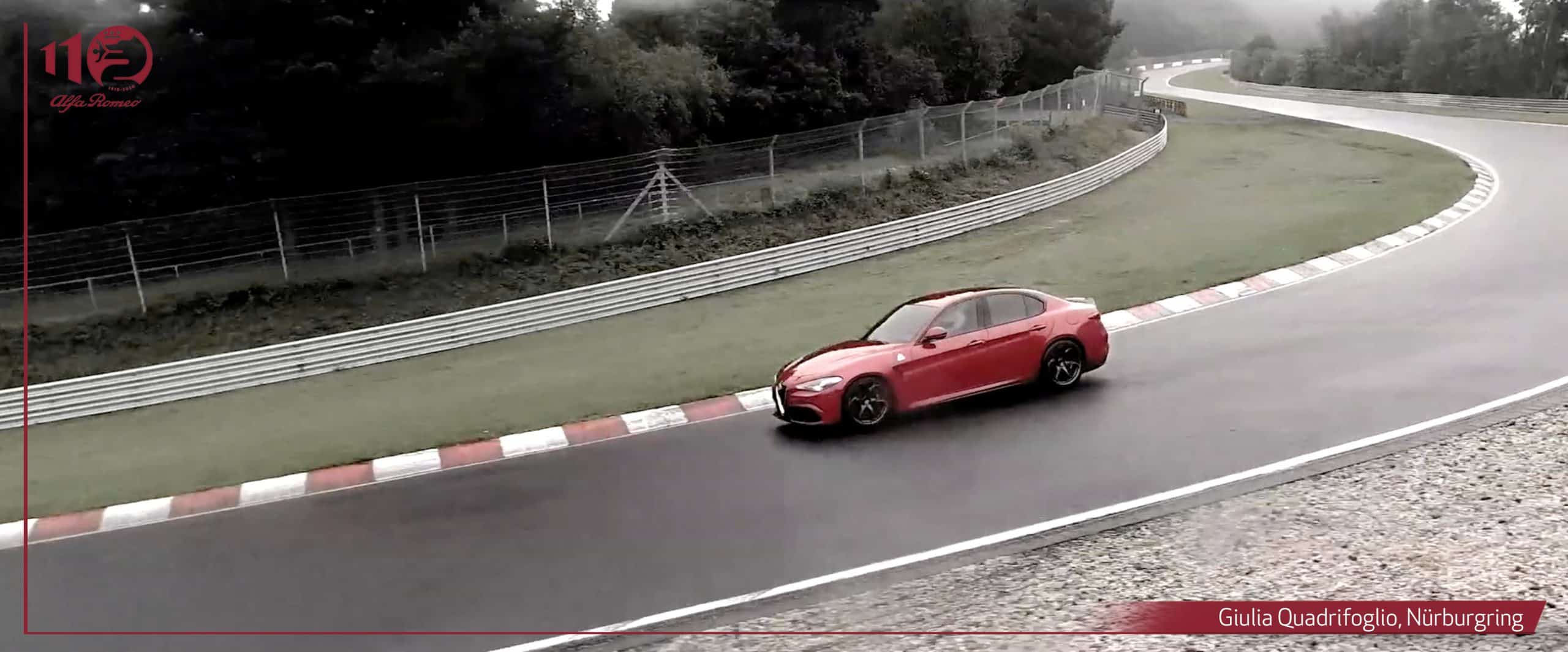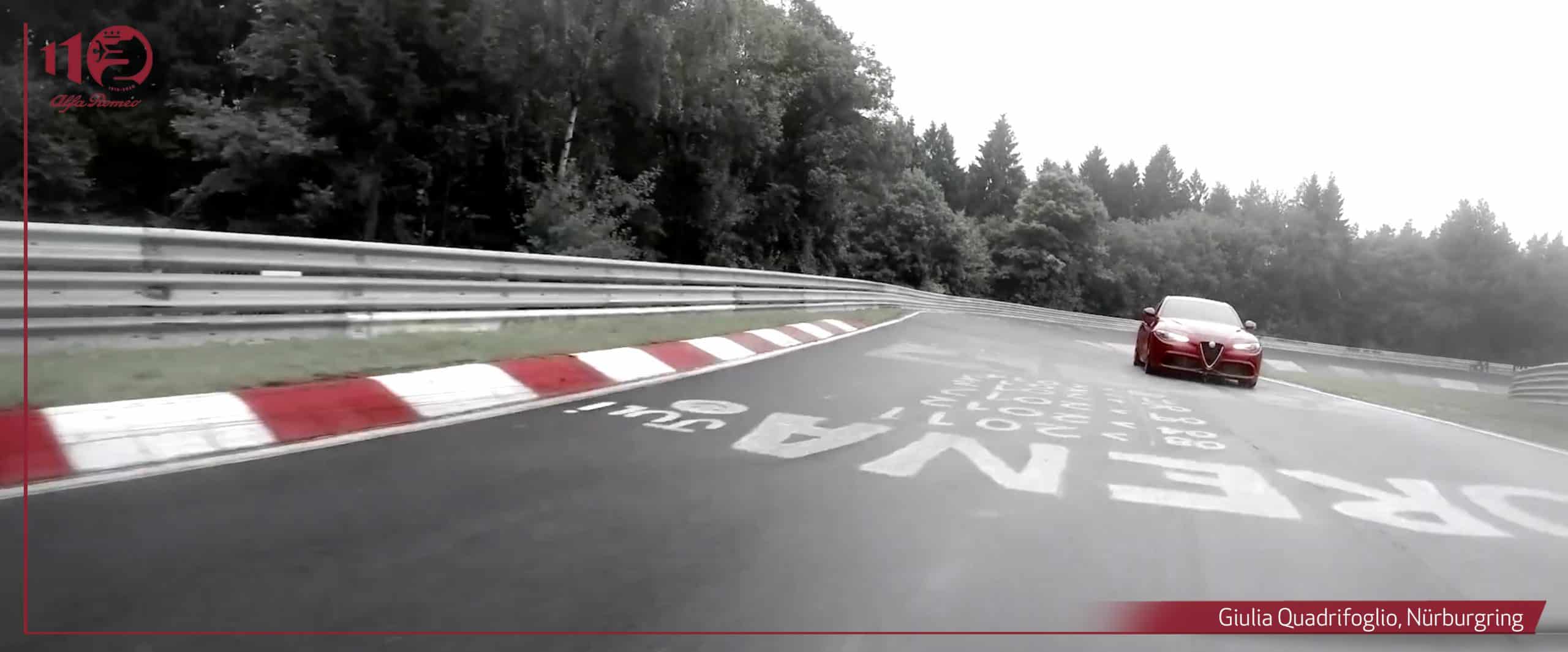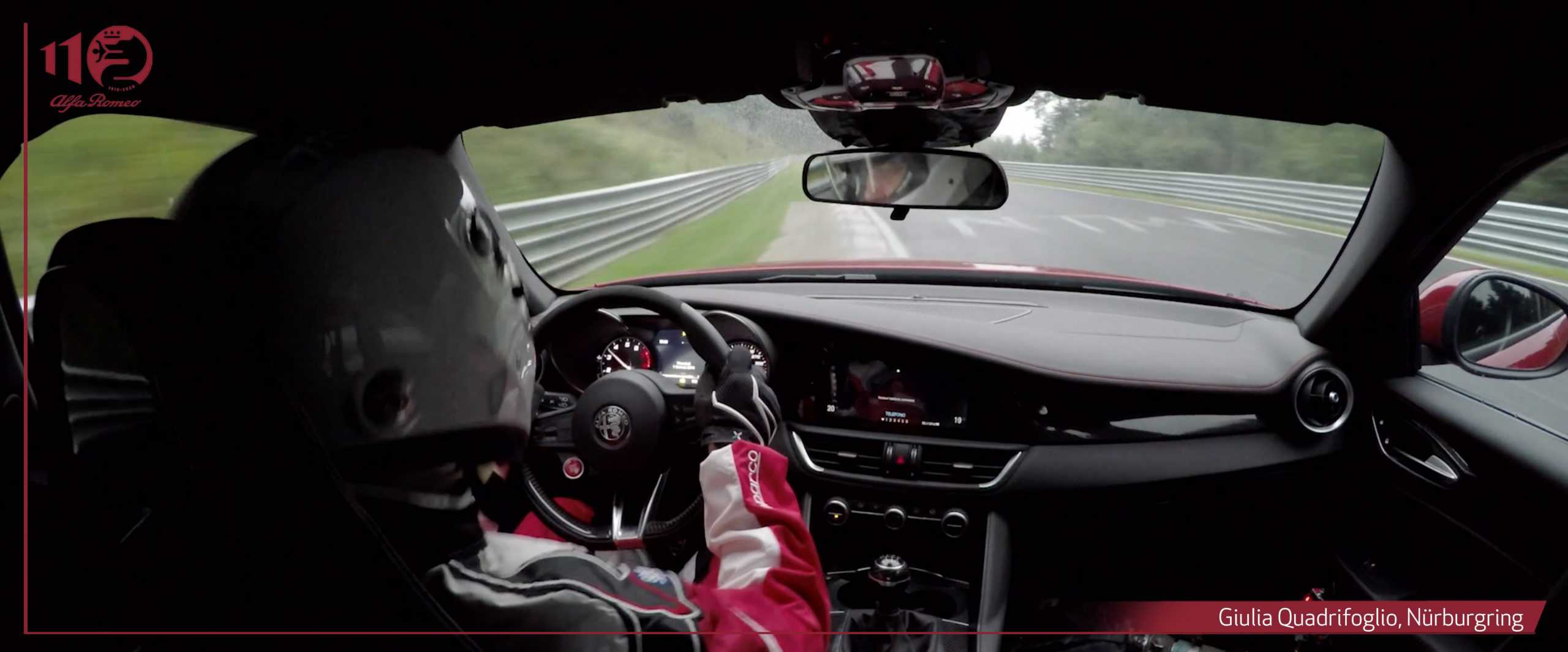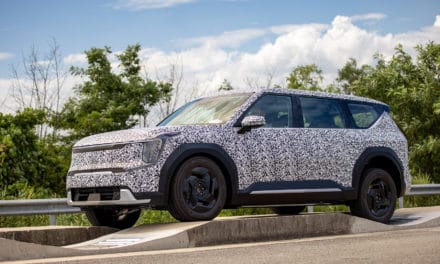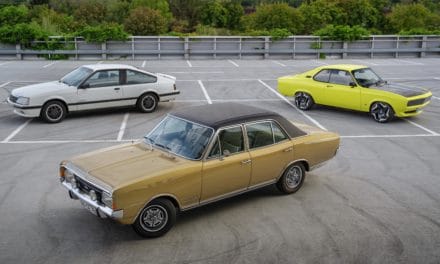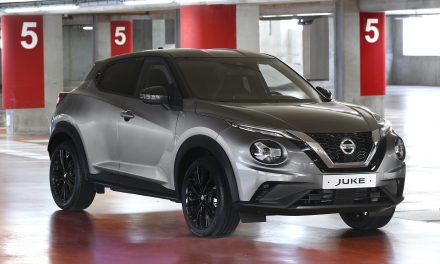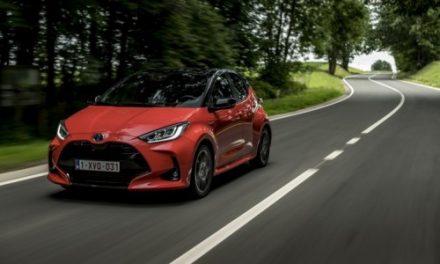
Alfa Romeo Returns To The Nürburgring, Germany.
Alfa Romeo returns to the Nürburgring.
Two months after its unveil, the Giulia Quadrifoglio was called upon to dominate the mighty Nordschleife, a track that over the years has witnessed many Alfa Romeo wins. The “Grüne Hölle”, or “green hell” was given this ominous nickname by Sir Jackie Stewart in the 1960s, a circuit that could have been designed by the devil himself with over 70 curves mixed with alternating straights, and ups and downs involving 300m of height differences.
The Giulia Quadrifoglio hadn’t been specially prepared, it wasn’t fitted with “slick” tyres and a roll bar, it looked exactly like a car that anyone could buy. Were it not for the helmet, even the driver in his jeans and polo shirt would seem like any ordinary driver, but adrenaline levels could hardly have been higher as there was a record to beat.
The driver activated the Alfa DNA “Race” mode and accelerated with a roar. 7 minutes and 32 seconds later he could relax again. The stopwatch had incredible news, seven seconds below the previous record set in 2015. Just over a year after this, Stelvio did even better and at the end of its lap the stopwatch stopped 8 seconds below the previous category record. Giulia and Stelvio are the fastest saloon and SUV ever, on one of the most difficult tracks in the world
Who is Giorgio?
The name Giorgio appeared for the first time in the press back in 2013 when the next Alfa Romeo generation was on its way and it was announced that Giorgio was the platform on which it would be built. Everyone was speculating about what the name could mean, a tribute to Tazio Giorgio Nuvolari or a personal choice by Sergio Marchionne. While this secret has never been explained, what transpired was that Giorgio would have a rear-wheel and four-wheel drive, and shockingly ambitious goals.
Alfa Romeo had planned huge investments in the platform and in the Cassino plant, which was set to manufacture the new models. Above all, it was organising its best technical talents in dedicated “think tanks” and was asking the planners and designers involved to set aside old rules and habits, to think outside the box and to “believe, dream and create.”
Who are the Skunks?
The Giorgio teams isolated themselves from the rest of the company to focus exclusively on the new platform. Corporate jargon drew on history and invented a nickname for them, which they proudly adopted. Clarence Leonard “Kelly” Johnson was not an Alfa Romeo designer but an aeronautical engineer with Lockheed Martin, and in 1943 he was put in charge of a special project to develop a new fighter aircraft, capable of changing the situation in the skies of World War II, from scratch in just six months. He accepted the impossible challenge, on the condition that he was to be given carte blanche on the process to be followed. A week earlier than scheduled, he delivered the revolutionary “XP-80 Shooting Star”, the first American jet fighter. His team was called “Skunk Works”.
Internally, the Giorgio working group became “skunks”. They too started from “a white page”, had skin-tight deadlines and a vastly ambitious task to put the driver back at the heart of it all, forging a driving experience worthy of Alfa Romeo’s values and tradition. A whole new generation of products has been based on their work.
The launch of the Giulia in the new Alfa Romeo Museum
The version that best expresses the deepest qualities of the Giorgio platform is the sportiest of all, the Giulia Quadrifoglio. Alfa Romeo decided to adopt a top-down approach and make this its first presentation. The long awaited launch was a top secret operation and no photos or technical characteristics were leaked to the press, not even the model’s name. The new Giulia was finally revealed to the world on 24 June, 2015, the brand’s 105th birthday, in the renovated Museo Storico Alfa Romeo in Arese to the notes of Puccini’s “Nessun dorma”, delivered by maestro Andrea Bocelli. Past and future embrace.
The new Giulia
The product goals were inscribed in the history of the brand: cutting-edge and innovative engines, perfect weight distribution, unique technical solutions, the best power/weight ratio in the category and a truly extraordinary design with an unmistakably Italian flair. Giulia’s engines are all entirely new, and all entirely in aluminium. The Quadrifoglio’s bi-turbo 6-cylinder petrol engine delivered 510hp and 600Nm torque, sensational values for an average four-door saloon. Weights and materials were designed to guarantee perfect 50/50 weight distribution between the two axles. The sheer number of innovative technical solutions was dazzling and the whole car embodied a new concept. The front suspension has a double wishbone with semi-virtual steering axle, to make the suspension angle more controllable and obtain optimal road grip, while the two lower links create a “scissor” movement that generates a linear feeling in all conditions and with a record steering ratio of less than 12:1. The new Alfalink ™ scheme is introduced on the rear axle, a multi-link system with four-and-a-half links which is rigid when cornering, but also longitudinally flexible.
Lightweight and always under control
In order to ensure the optimal weight/power ratio in the Giulia, ultra-light materials are used in all parts of the vehicle: aluminium for base, engine head, body parts and suspensions; an aluminium and plastic composite for the rear crosspiece; carbon fiber for the drive shaft, bonnet, roof and structure of the front seats. The body-in-white weighs only 322kg. The electronics team were asked to increase safety and driving pleasure, but without robbing the driver of their freedom. As a result, the Giorgio team had developed specific systems with clear Alfa Romeo connotations: from the Q4 ASR traction control which intervenes autonomously only when absolutely needed, to the Integrated Brake System which manages the braking devices and the stability control, and from the Differential Linear Slip which improves cornering response to Torque Vectoring which distributes power to the rear wheels in a programmed way, improving traction and steering readiness. To coordinate all the functions, a “super brain” consisting of the exclusive Chassis Domain Control was introduced.
The extraordinary dynamic performance of the car is enhanced by a tense and rigorously essential design, revealing its Italian character in the elegant harmony of its volumes and its technical prowess in its stunning aerodynamic results, with a drag coefficient of just 0.25.
What Giulia and Quadrifoglio share
The standard Giulia model is derived directly from the Quadrifoglio, and not only aesthetically, the two cars share the same architecture, the same light-weight materials, most of the mechanics and even the same assembly line in Cassino. The result is unique in the sector as every Giulia has the same weight distribution between front and rear, the same torsional rigidity, the same steering and suspension systems as the car at the very pinnacle of the range.
Stelvio: the first Alfa Romeo which is also an SUV
The Giorgio platform was not created only for Giulia. The time had also come for Alfa Romeo to prove itself in the utility vehicles segment. In February 2017 Stelvio made its debut, the first SUV in the history of the brand. This had been no simple challenge to make an Alfa capable of driving with agility on snow and dirt roads, without losing anything in terms of performance, handling and road holding. In other words, an SUV that can be driven like a sports saloon. Compared to Giulia, it has a higher floor and a higher driving position and it has more space available for passengers and luggage. Suspension travel is longer, to ensure the correct ground clearance in off-road driving and the axle track is also slightly wider in order to increase stability. Fundamentally the architecture and mechanics remain the same, as do the engine range and electronic systems. The result is a car with “an Alfa Romeo soul in a SUV body”. A combination that no one expected, and that generates unique driving experiences.
Giulia and Stelvio Model Year 2020
The most advanced solutions in the new Giulia and Stelvio versions are focused on comfort and a typically Italian zest for life. The interiors of both cars have been redesigned to further highlight quality and elegance. Connectivity has become a key ingredient, thanks to the 8.8-inch touch-screen infotainment system and a smartphone-like ease of use. The telematic offer is completed by a suite of Mopar services for remote car management. The innovations in the field of driving technology have become even more important. The new Advanced Driving Assistance Systems (ADAS) mark the transition from the first to the second level of autonomy where the systems do not only inform the driver, in case of need, they also become active, enhancing vehicle safety.
The most award-winning Alfa Romeo models ever
Over the last five years, Giulia and Stelvio have become the most frequently awarded Alfa Romeo cars ever. Together they have collected over 170 international titles, awarded by generalist and specialist media, voted for by juries of experts and directly by customers and dedicated to both their innovation and style.
Visit www.alfaromeo.ie for further information on the Alfa Romeo range.

